10 Tips for Parents of Preschoolers to Survive Meal Time
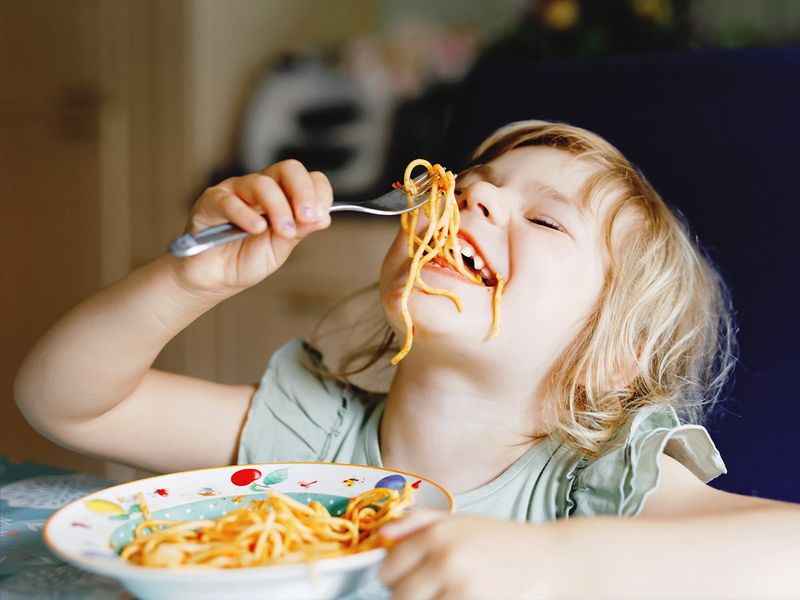
Feeding a preschooler can sometimes feel like preparing for battle—complete with negotiations, spills, and spontaneous food strikes. Parents often find themselves frustrated and overwhelmed, wondering if a peaceful mealtime is even possible. The good news? It absolutely is. With a little planning, patience, and the right strategies, mealtime doesn’t have to be a daily struggle. Whether your preschooler is a picky eater, easily distracted, or just full of energy, these tips are designed to help you navigate those chaotic moments and bring a bit of calm to your kitchen table. Here are ten practical and sanity-saving strategies to make mealtimes more manageable and even enjoyable.
1. Stick to a Routine
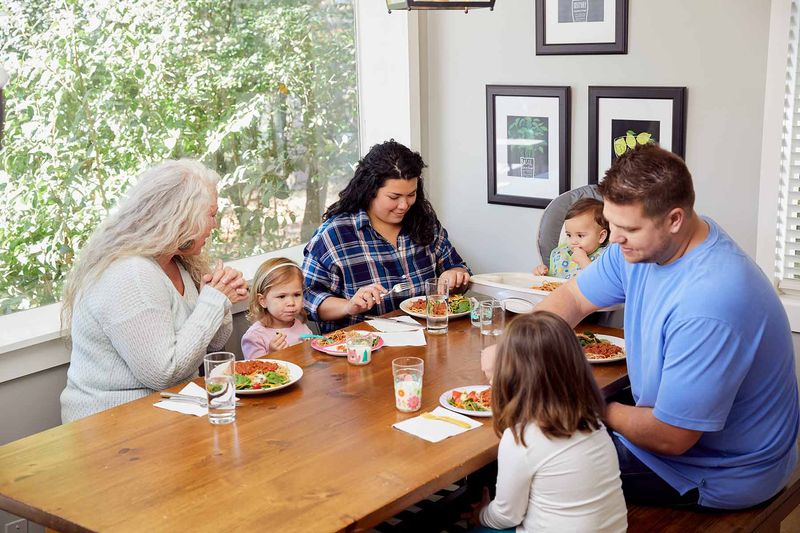
Young children feel more secure when they know what to expect. Establishing regular meal and snack times helps their bodies and brains develop a healthy rhythm, making it easier for them to recognize hunger and fullness cues.
When meals happen at the same time each day, your preschooler is less likely to whine for snacks or throw tantrums because they’re not surprised by sudden hunger. It also encourages better digestion and sleep habits.
A consistent schedule doesn’t just benefit the child—it helps parents plan the day more effectively. Whether it’s breakfast at 8 or dinner at 6, predictability brings peace to your family’s daily flow.
2. Make Meals Visual and Fun
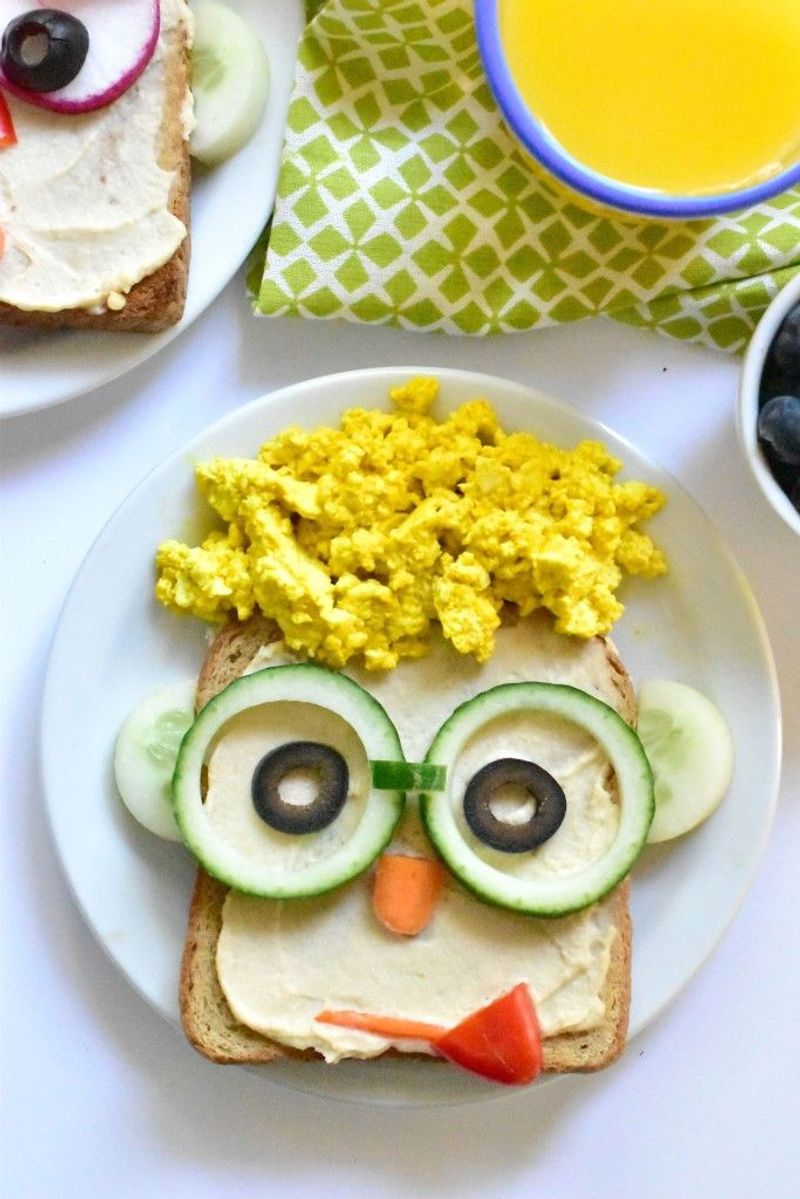
Bland plates rarely catch a preschooler’s eye. Turning meals into colorful, creative presentations can capture their attention and make trying new foods less intimidating.
Think bright fruit rainbows, smiley-face pancakes, or vegetable “bugs” on a plate. This playful approach can ease tension and encourage even the pickiest eaters to explore what’s in front of them. It’s not about gourmet artistry—just simple shapes, colors, and creativity.
You don’t have to do it every day, but sprinkling in some fun during the week makes meals more exciting. When kids associate eating with joy instead of pressure, everyone at the table wins.
3. Involve Them in Prep
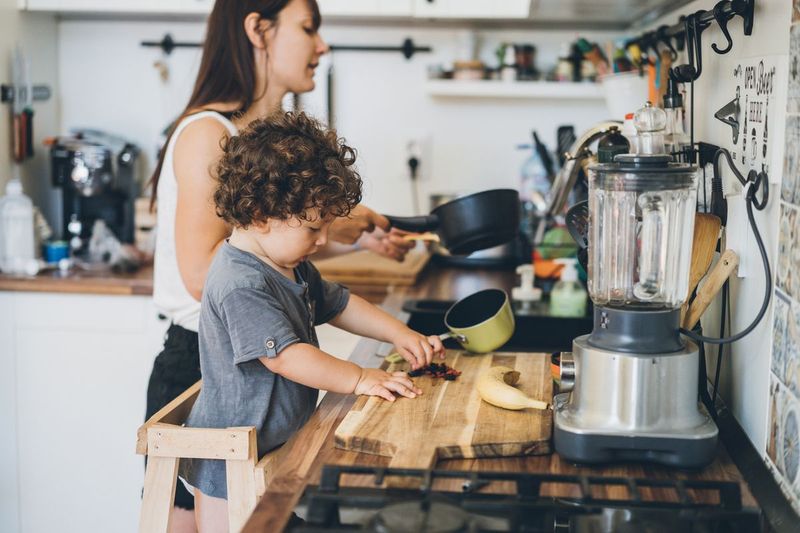
Preschoolers are naturally curious and love to help. Inviting them into the kitchen—even in small ways—makes them more likely to eat what’s on their plate.
Simple tasks like stirring, pouring, or arranging fruit on a plate give kids a sense of ownership over the meal. It also helps build essential motor skills and fosters independence. When they say “I made this,” it’s often followed by “I want to eat it!”
Involving your child doesn’t mean handing over the entire cooking process. It’s about making them feel like a valuable part of the family team. Their confidence will grow right along with their appetite.
4. Offer Small Portions First
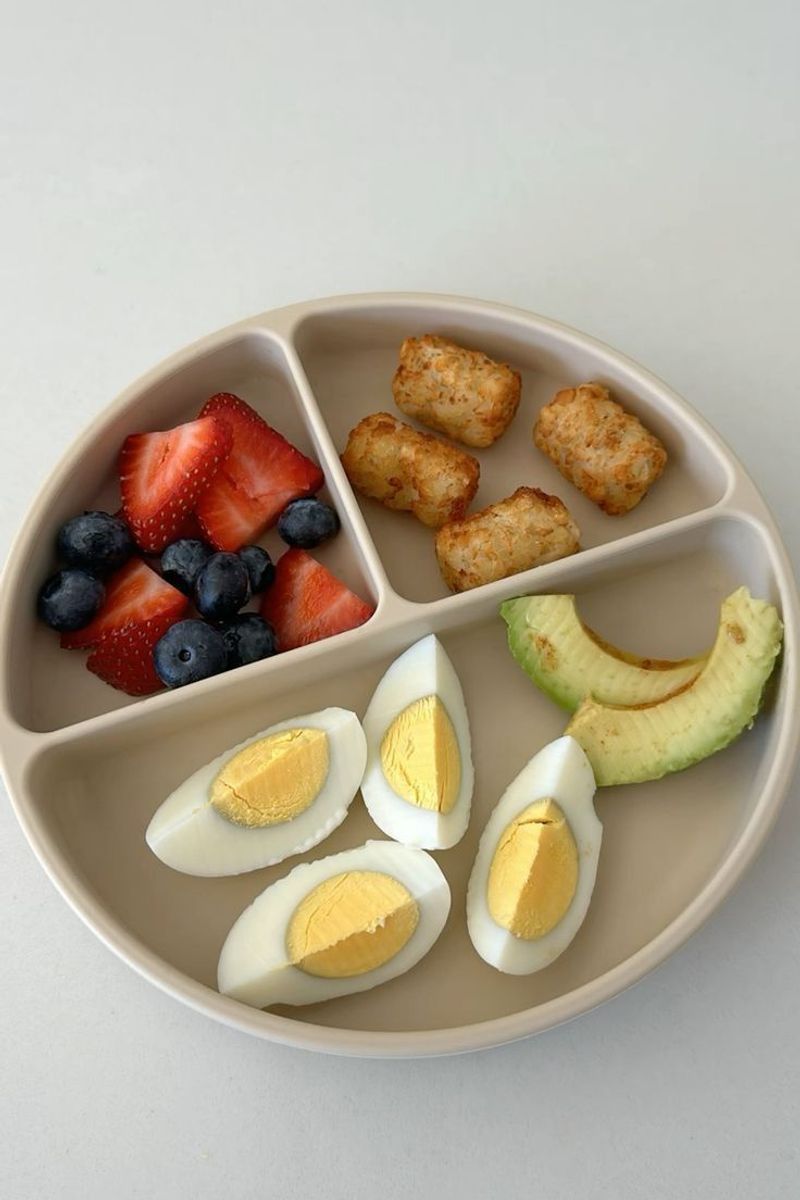
It’s easy to overestimate how much a small child should eat, but large portions can feel overwhelming. Starting with just a spoonful or two of each item gives them the chance to explore without pressure.
If they finish what’s offered, you can always give them more. This approach reduces waste and encourages mindful eating. It also avoids turning mealtime into a power struggle over finishing what’s on the plate.
Kids often eat more willingly when they know they can ask for seconds. Tiny portions feel manageable and give children the confidence to try foods they might otherwise refuse.
5. Avoid Food Bribes

Promising dessert in exchange for broccoli may seem like an easy fix, but it can actually lead to long-term problems. Bribing teaches kids to view healthy foods as chores and treats as rewards.
This strategy can backfire by reinforcing the idea that sweets are more valuable or desirable than nutritious foods. Instead, treat all foods as part of a balanced meal and speak positively about the benefits of each one.
Rather than saying, “Eat this and you’ll get a cookie,” try, “Carrots help keep your eyes strong.” Encouraging curiosity and building positive associations will help create a healthier relationship with food.
6. Limit Distractions
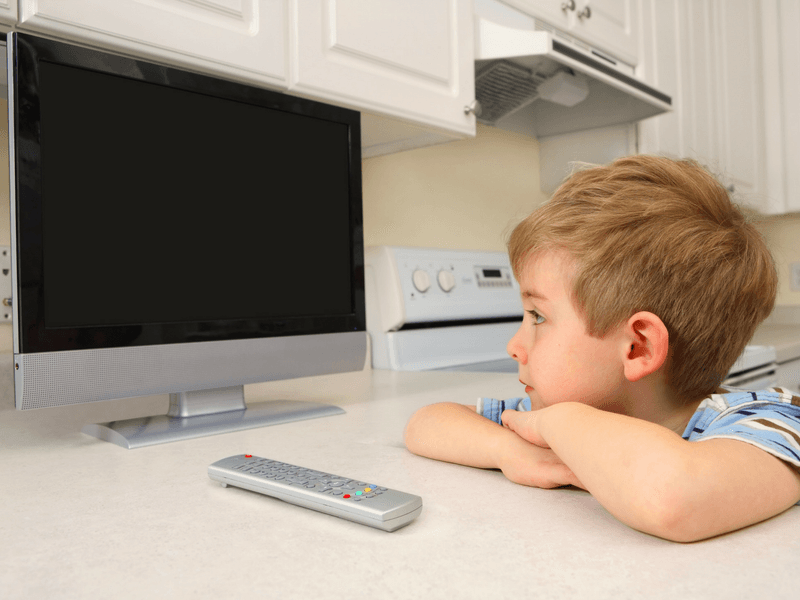
Television, tablets, and even toys can make it hard for preschoolers to focus on their food. A noisy or overstimulating environment divides their attention and often leads to half-eaten meals—or worse, no meal at all.
Creating a calm, screen-free space at the table signals that it’s time to eat and connect. This doesn’t mean silence, but rather a shift toward being present. Use mealtime for light conversation, storytelling, or asking about their day.9
Turning off distractions fosters stronger family bonds and helps your child learn how to listen to hunger and fullness cues—skills they’ll carry with them for life.
7. Use the “One Bite Rule”
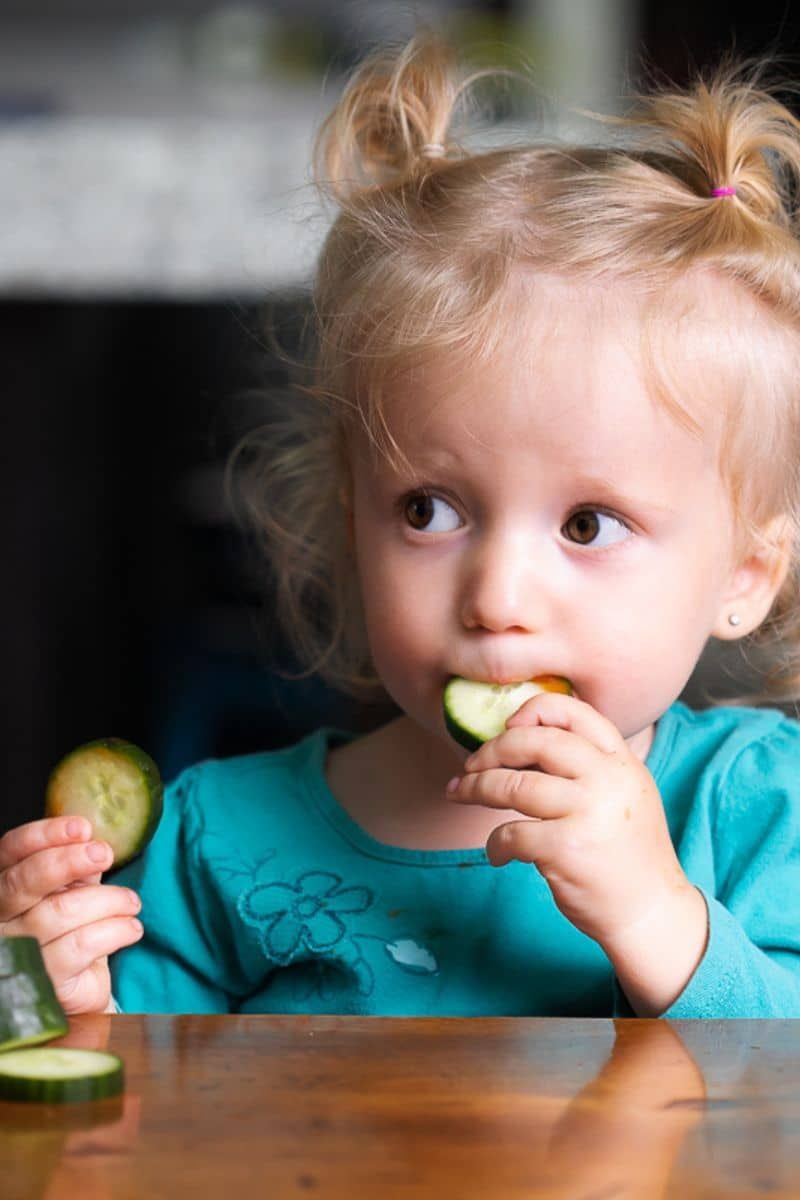
For many kids, new foods are intimidating. Encouraging them to take just one bite is a low-pressure way to help them try something without feeling forced.
Over time, that one bite often turns into two, then three. The key is to stay relaxed—don’t make a big deal if they don’t like it. Just praise the effort and try again another time. Repeated exposure is often the secret to expanding a child’s palate.
This gentle rule sets clear expectations without conflict. It empowers kids to be curious and helps them build confidence around trying unfamiliar flavors or textures.
8. Be a Role Model
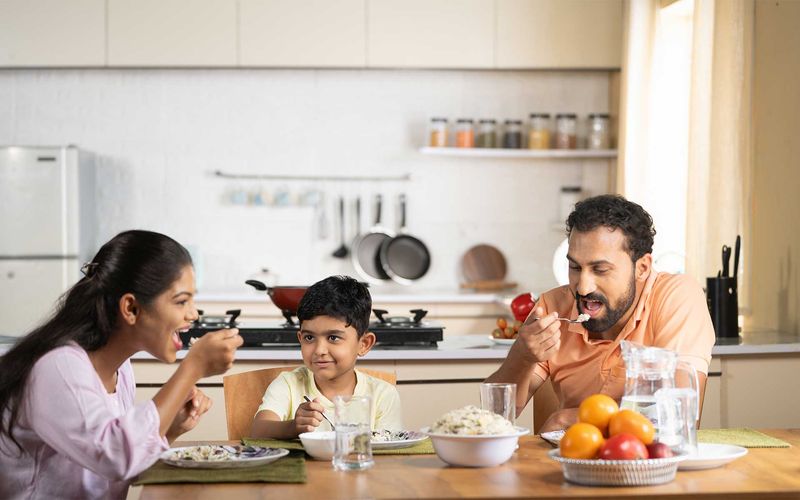
Children learn by watching, and mealtime is no exception. When parents eat a variety of foods, speak positively about meals, and try new dishes, kids are more likely to follow suit.
Even if your child doesn’t immediately copy your habits, the consistent example you set plants seeds that grow over time. Avoid making negative comments about foods in front of them, and try to keep your own meals healthy and balanced.
Your behavior shapes their attitude toward food more than any lecture ever could. Eating together gives you the opportunity to model mindful, joyful eating in real-time.
9. Plan for Messes

No matter how careful you are, messes are part of parenting preschoolers. Embrace the chaos with washable placemats, bibs that catch drips, and a good stain remover close by.
Allowing your child to explore textures, learn to use utensils, and even occasionally play with their food is part of the developmental process. Trying to keep everything too clean can lead to stress and frustration for everyone involved.
Instead of resisting the mess, plan for it. A relaxed attitude about spills and splatters keeps the focus on the experience rather than perfection—and makes cleanup less of a surprise.
10. Keep Mealtime Short and Positive

Long, drawn-out meals can lead to restlessness and resistance. For young children, 20 to 30 minutes is often enough time to eat without losing focus or turning the table into a battleground.
Set a timer if needed, and make sure the experience ends on a good note—even if your child didn’t eat as much as you hoped. Keep the mood light, avoid lectures, and remember: the goal is consistency, not control.
Ending the meal positively builds better habits for the future. Your child will come to the table with less anxiety and more excitement, knowing mealtime isn’t a marathon or a test.

Comments
Loading…